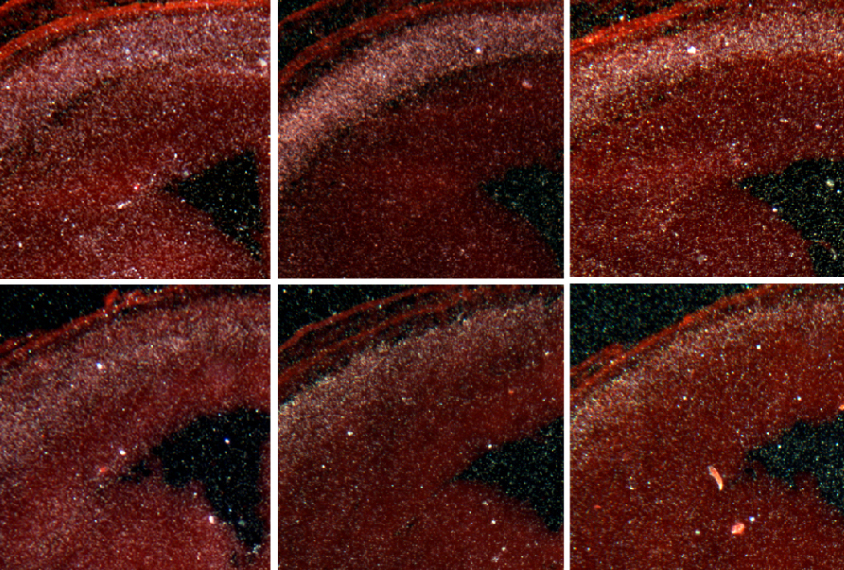
New study bolsters theory that autism genes work in networks
A gene that has strong ties to autism controls the expression of many other autism candidates.
A gene that has strong ties to autism controls the expression of many other autism candidates, a new study suggests. The findings support the idea that the key genetic players in autism are closely interlinked1.
The new work focuses on TBR1, a protein known to help orchestrate brain development. TBR1 binds at areas close to 25 genes with strong links to autism, the researchers found. Many of these genes show altered expression in the brains of mice lacking TBR1.
Two studies published last year showed that the top autism gene, CHD8, also alters the expression of hundreds of other genes, many of which are autism candidates.
The new work indicates that TBR1 is yet another ‘master regulator.’ “This paper is exactly what needs to be done: Just going through consistently one [gene] after the other and seeing exactly what it’s regulating,” says Stephan Sanders, assistant professor of psychiatry at the University of California, San Francisco, who was not involved in the study.
The findings also help to explain how mutations in different genes could each independently steer the brain toward autism, says lead researcher Gill Bejerano, associate professor of developmental biology at Stanford University in California. “I can easily imagine how there would be different networks at different times and spaces that could potentially lead to the same outcome, which we call autism,” he says.
However, several experts raised one key concern about the study: People with autism carry mutations in a single copy of TBR1, but the mice used lack both copies, potentially skewing the results.
Genome map:
TBR1 binds to stretches of DNA located near the genes it controls. The researchers sequenced these stretches and found that they are rich in proteins associated with gene expression; 82 of these regions are adjacent to 25 top autism genes.
“It’s striking that so many of the high-confidence autism risk genes seem to have TBR1 binding,” says Brian O’Roak, assistant professor of molecular and medical genetics at Oregon Health and Science University in Portland. O’Roak was not involved in the new work. “The fact that you have high-confidence genes regulating other high-confidence genes, and not just one but many of them, is not something we would have really predicted several years ago.”
The researchers next looked at changes in gene expression in the brains of fetal mice lacking TBR1. They found that the expression of 15 top autism genes is different from that of controls. TBR1 binds DNA near 12 of these 15 genes, including ANK2, DYRK1A and SCN2A. What’s more, many of these show altered levels of proteins in the brains of mice lacking TBR1 compared with controls.
The next step, experts say, is to look for shared targets among autism candidates that are master regulators.
Researchers should make the data from all these efforts available so that others can compare the findings, Sanders says. This might reveal whether the targets of TBR1 overlap with those of CHD8, for example, and point to key pathways altered in autism.
References:
- Notwell J.H. et al. Genome Res. Epub ahead of print (2016) PubMed
Recommended reading

Expediting clinical trials for profound autism: Q&A with Matthew State

Too much or too little brain synchrony may underlie autism subtypes
Explore more from The Transmitter

This paper changed my life: Shane Liddelow on two papers that upended astrocyte research
Dean Buonomano explores the concept of time in neuroscience and physics

